This machine adopts once-through shaping
technique, thus has high efficiency and excellent product quality. This machine
set has such features as scientific and reasonable structure design, smooth and
reliable running and convenient operation and maintenance. Fully absorbs
domestic and foreign advanced technology, the reasonable cooling circulation
water is to save resources and reduce the production cost. Alloy screw fromChinafamous brand ZhouShan is adopted special mixing function and high plasticizing
capacity design, ensure good plasticizing, uniformity color and luster.
*Related Products:cast stretch film machine,cast stretch film machinery.
Pictures
Films
1000mm stretch film machine unit 1000MM Black Stretch Film Machine Unit,1000MM Hand Stretch Film Machine Unit,1000MM Plastic Stretch Film Machine Unit,1000MM Packaging Stretch Film Machine Unit CHANGLONGXING SCIENCE & TECHNOLOGY (SHENZHEN) CO.,LTD , http://www.clxmachinery.com
In bilateral trade with EU manufacturing products, Russia is a net importer. In 2010, Russia exported 15.86 billion euros of manufacturing products to the European Union, 86.3 billion euros from the EU, and achieved a trade surplus of 7.22 billion euros. From 2000 to 2008, the growth rate of European Union's imports of manufacturing products from Russia was higher than that of exports. As a result, the trade deficit almost doubled in the past 10 years. In 2004, Russia’s imports of manufacturing products from the EU accounted for 83% of its global imports. In 2008, the ratio fell to 61%, and in 2010 it fell to 54%. From 2000 to 2010, the EU’s share in the export market of Russian manufacturing products remained stable, accounting for 60% in 2003 and 54% in 2009.
Whether it is in the global trade or bilateral trade with the EU's mechanical engineering products, Russia is a net importer. In 2010, Russia imported a total of 15.2 billion euros of mechanical engineering products, while exports were only 1.8 billion euros during the same period. Similar to the trade in manufacturing products, from 2000 to 2008, the import growth of Russian mechanical engineering products was significantly higher than the growth rate of exports. In 2008, Russia’s imports of mechanical engineering products reached a peak of 25.2 billion euros, and fell sharply to 14.6 billion euros in 2009, showing a slow recovery in 2010. Similarly, in 2008 Russia’s mechanical engineering product exports reached a peak of 2.4 billion euros, fell to 1.8 billion euros in 2009, and recovered to 1.9 billion euros in 2010. Russia’s trade deficit with the EU’s bilateral trade in mechanical engineering products continues to increase. From 2000 to 2004, Russia showed a small surplus in trade with EU and non-EU mechanical engineering products, and in subsequent years, it turned into a deficit. In 2010, another surplus of 350 million euros occurred. The proportion of Russia’s imports of mechanical engineering products from the European Union fell from 98% in 2000 to 76% in 2005, after which it steadily increased to 93% in 2010. The proportion of Russia’s mechanical engineering products exported to the European Union has remained at around 20%.
The BI index reflects the level of trade competitiveness, and the negative index of growth shows that Russian mechanical engineering is not competitive. As the EU is Russia's major supplier of mechanical equipment, machinery and equipment originating in non-EU countries only account for 7% of the Russian market, so this strategic choice is mainly reflected in the trade with the EU. In contrast, Russia's equipment exports to the European Union are very small. The EU has a clear advantage in trade with the Russian mechanical engineering industry. In addition, Russia has always been highly dependent on imports of machinery and equipment from the European Union, and at the same time to meet its domestic demand, Russia’s dependence on imports of other EU manufacturing products is higher. This can be confirmed by the fact that the degree of RCA negative index of the trade with the EU's mechanical engineering products is greater than that of the RCA negative index of the global trade of mechanical engineering products.
2. Turkey In 2010, Turkey was a net importer of manufacturing products and mechanical engineering products. In 2010, Turkish imports of manufacturing products reached 139.4 billion euros and exported 8.6 billion euros. From 2000 to 2008, Turkey’s imports and exports have both increased, with exports growing faster than imports. The average annual growth rate of exports from 2000 to 2005 and 2005 to 2008 was 14.7% and 15.0%, respectively, while the import growth during the same period was 9.9% and 13.5% respectively. In 2009, Turkish manufacturing product imports fell sharply by nearly a quarter, from EUR137 billion in 2008 to EUR107.0 billion, and in 2010 it returned to EUR13.94 billion. Exports are similar to imports, but have not yet fully recovered. Exports from 2008 to 2010 were 89.7 billion euros, 73.2 billion euros and 86 billion euros. In addition, the decline in exports from 2008 to 2009 was less than the decrease in imports during the same period. In 2008, the manufacturing trade deficit in Turkey was 47.3 billion euros, in 2009 it was 27.4 billion euros, and in 2010 it reached the highest level of 53.4 billion euros in recent years.
In terms of trade in mechanical engineering products, due to the continuous growth of exports, the trade deficit between Turkey and non-EU countries has gradually narrowed in recent years, indicating that Turkey’s position in the international mechanical engineering industry market is undergoing some changes, and it is preparing to become another country. Equipment suppliers. There was no significant change in the trade balance between Turkish and EU machinery engineering industries.
The same trend can also be observed in bilateral trade with the EU. Turkey's machinery engineering products trade deficit with the European Union. Export growth is faster than import growth. From 2000 to 2005, the average annual growth rate of exports was 14.1%. From 2005 to 2008, the growth rate slowed down. From 2000 to 2005, the average annual growth rate of imports was 7.2%. From 2005 to 2008, the average growth rate of imports was 6.7%. Similar to the global trade situation, the import and export of mechanical engineering products in Turkey fell significantly from 2008 to 2009, among which the decline in exports was relatively small. The trade deficit in manufacturing products fell from 8.1 billion euros in 2008 to 8 billion euros in 2009. However, the shrinking trend of this trade deficit did not continue. In 2010, both the global trade and the bilateral trade deficit with the EU reached the highest value. The trade deficit with the EU increased from 8.1 billion euros in 2008 to 190 in 2010. Billion euros. From 2000 to 2010, the EU’s share of Turkish manufacturing product import and export trade declined. The share of Turkey’s imports fell from 54% in 2000 to 40% in 2008, and then in 2009 and In 2010, it increased to 44%; in Turkey, its share of exports fell from 63% in 2000 to 60% in 2007 and 51% in 2008, and 49% in 2009 and 2010.
In 2010, Turkey exported 4.2 billion euros of mechanical engineering products with an import value of 10.6 billion euros, of which exports to the EU accounted for 55% and imports from the EU accounted for 77%. The EU’s share of Turkey’s imports of mechanical engineering products has increased since 2005, and its share in exports has declined since 2003. From 2000 to 2005, the average annual growth rate of Turkish exports of mechanical engineering products to the EU reached 18.2%, while the average annual growth rate of imports during the same period was only 9.6%. In 2000, Turkey’s trade deficit with the EU’s machinery engineering products was 3.1 billion euros, compared with 4.6 billion euros in 2008 and 5.8 billion euros in 2010. On the other hand, in 2000, Turkey’s trade deficit with the global machinery industry was 4.5 billion euros, 5.8 billion euros in 2008 and 6.4 billion euros in 2010. Since the trade deficit between machinery industries in Turkey and non-EU countries has been declining since 2007, from 2.1 billion euros in 2007 to 600 million euros in 2010, its expansion of the global trade deficit is due to the EU’s Increased trade activity. This trend can also be confirmed by the decline in the negative index of BI.
Although the export growth was greater than the increase in imports, the trade deficit in Turkey’s mechanical engineering products continued to show an increase during the study period, which was mainly due to the lower export base in 2000. Although the competitiveness of mechanical engineering products in foreign trade is still lower than the global average, the demand from non-EU countries has become a driving force for export growth. This shows that Turkey is becoming a manufacturing country of mechanical engineering products. The trade deficit between Turkey and the EU’s machinery engineering products was significantly higher than that of non-EU countries and maintained strong growth. The EU’s export growth in Turkey’s mechanical engineering products is higher than the growth rate from Turkey’s imports.
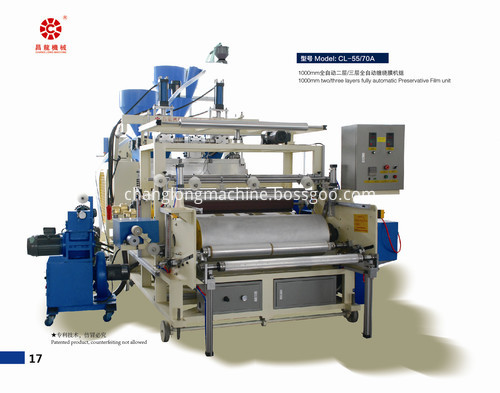
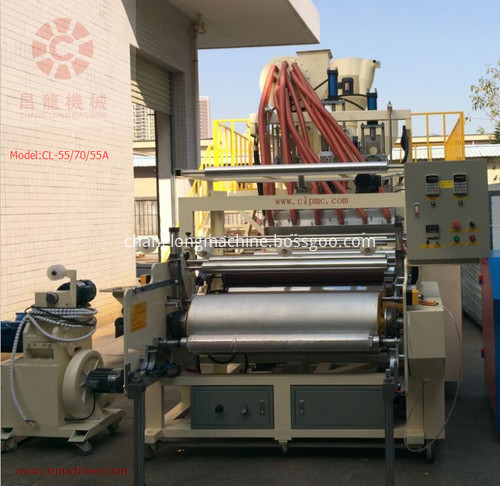
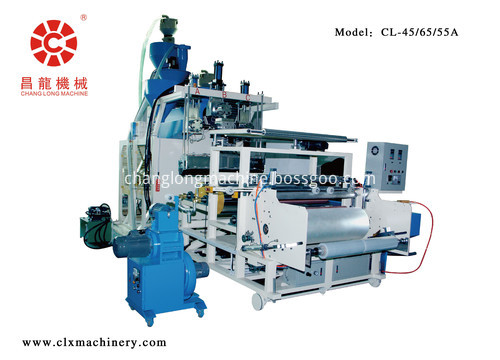
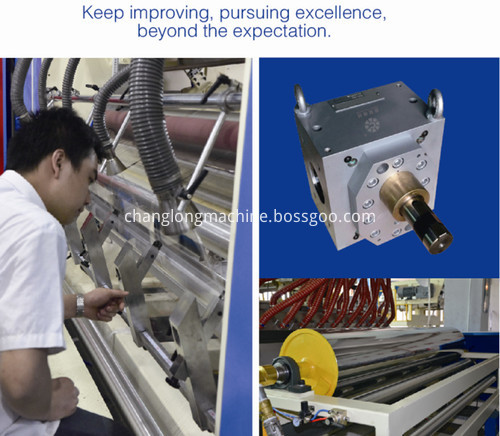
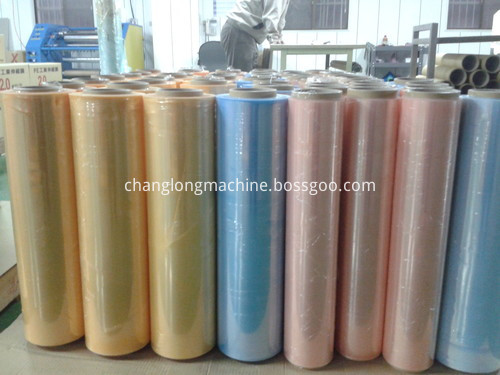
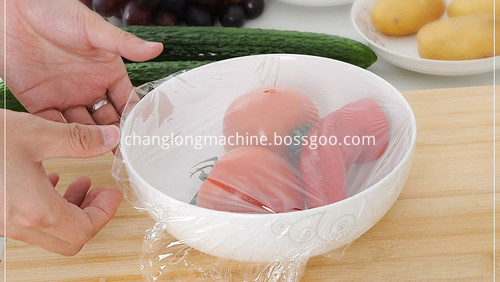
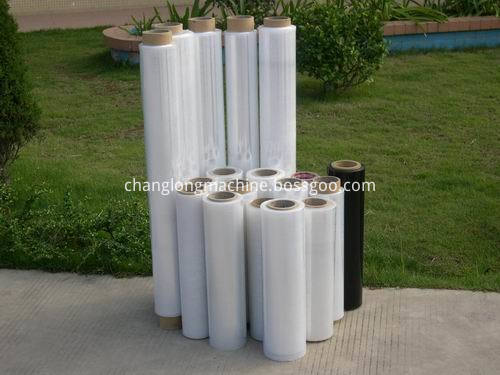
Analysis of Major Sales Markets in EU Mechanical Engineering Industry
I. Russia In 2010, Russia’s manufacturing exports totaled 281.4 billion euros, while imports totaled only 160.8 billion euros, with a trade surplus of 120.6 billion euros. In 2008, the surplus was as high as 145.7 billion euros. Although the volume of trade in Russia has dropped by about one-third in 2009, the average annual growth rate of imports and exports from 2000 to 2010 is still as high as 17.3% and 9.7%.